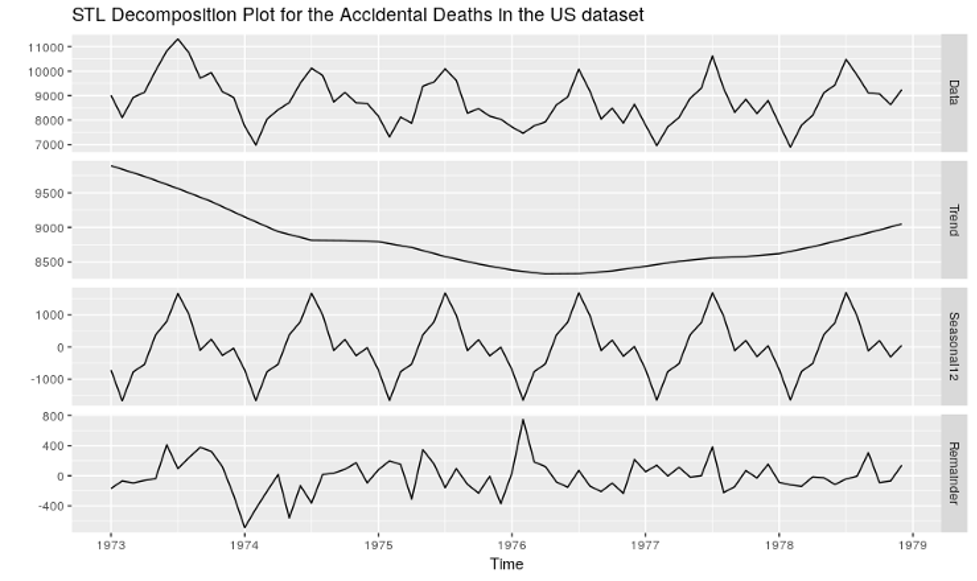Vulnerabilities in an organization’s IT ecosystem can be hugely detrimental and quite costly, leading to problems down the line. In a world where downtime means lost users and customers, organizations must take advantage of vulnerability assessments. In this article, we’ll explore vulnerability assessments, how they are performed, their importance, and how to choose the right tools for your organization’s vulnerability assessments.
What is Vulnerability Assessment?
An organization’s IT ecosystem comprises computer networks, hardware, systems, and applications. During a vulnerability assessment, this whole system is scanned for any security weaknesses. During this vulnerability detection process, if any defects are identified, the assessment tool will categorize them by severity, so there is a priority list for remediation.
Examples of these threats are:
- Code injection attacks, such as SQL injection.
- A faulty authentication mechanism can lead to the escalation of privileges.
- Insecure settings or defaults, such as a predictable administration password.
Many different types of vulnerability detection are available. Organizations can choose from:
1. Application Scans
Automated scans are used to identify security weaknesses in web applications. This includes a complete scan of their source code on the front end or during static code analysis.
2. Host Assessment
A program is only as good as its servers. Scanning critical servers for attack vulnerabilities is vital.
3. Database Assessment
Organizations need to detect vulnerabilities or misconfigurations in their databases, especially in big databases. Other goals include finding rogue databases, insecure dev/test areas, and ensuring sensitive data is classified across their infrastructure.
4. Network and Wireless Assessments
Networks require the evaluation of their policies and procedures to prevent unauthorized access.
How Does a Vulnerability Assessment Work?
There are four main steps to the security scanning process of vulnerability assessment, and they are:
1. Identification
This step aims to create a complete list of a system’s vulnerabilities. Automated tools are generally used in this step; however, sometimes, manual review is appropriate.
2. Analysis
This step’s objective is to discover the root source of each vulnerability—system components responsible need to be identified so that developers can implement a solution.
3. Risk assessments
Security vulnerabilities are ranked in order of severity and priority. Developers time is best spent working on the most serious issue first. Several factors come into play in this ranking.
- What systems are being affected?
- Is there data at risk?
- How easily could an attack slip through?
- How severe would the attack be?
- What is the potential damage that could result from this vulnerability?
4. Remediation
The goal here is to close any discovered security gaps and often requires the collaboration of different teams like security, development, and operations to decide on the most effective solutions. Don’t be fooled—vulnerability assessment is an ongoing process. It is critical to perform vulnerability detection frequently and before there are issues. Here are some remediation tools.
a. Introducing new security measures, practices, and tools.
b. Updating configuration or operation changes.
c. Creating and deploying a vulnerability patch.
Importance of Vulnerability Assessments
Vulnerability assessments provide security teams and developers with a comprehensive approach to program weaknesses. A clear and consistent approach is needed to identify security risks and threats accurately. This benefits organizations in several ways.
- Threats and weaknesses in IT security are consistently found early in the process.
- Sensitive systems and information are protected through remediation protocols.
- Stay compliant with any cybersecurity regulatory rules if, for example, your organization works with HIPAA-protected information.
- Unauthorized access, such as during a data breach, is consistently prevented.
Valuable characteristics of vulnerability assessment tools include:
- Frequent updates.
- High quality and quantity of vulnerabilities detected, e.g., a minimal amount of false positives and false negatives.
- Clear remediation strategies.
- Able to integrate with other IT security tools.
Tools for Vulnerability Detection
The majority of vulnerability detection is done with a tool or tools. There is an enormous number of vulnerability assessment tools on the market, so it’s essential to have a clear idea of your organization’s needs when selecting a tool. Quality vulnerability assessment tools should be able to carry out:
- Non-credentialed and credentialed scans.
- Scans for internal vulnerabilities.
- Scans for external vulnerabilities.
- Scans of the environment.
Optimize Vulnerability Assessments with Encora
Whether your organization is starting to use vulnerability assessments or if you’re on a team of pros, our team of expert software engineers is here to offer an assist. We are pros at using our combined years of experience to support our clients’ vulnerability assessment and detection approach. You know the importance of vulnerability assessments for modern organizations to reduce cybersecurity threats. Wherever your organization is on its practice of vulnerability assessments, we’re here to help. Contact us today to get started!


